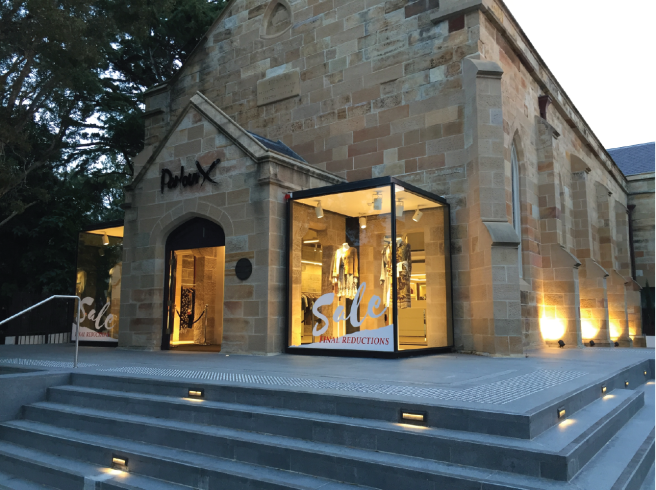We’ve all heard the building in which the local church worships referred to as the, “House of God”. But whilst it may be a place where an intimate sense of our appreciation of God takes place, most Christians would not see it as God’s residence. It may be a place of special encounter and it may have a number of things in common with a house. By considering what those may be we may achieve some insight into how today’s church might create buildings to better serve the church’s mission today.
So let’s think about a house. It has some kind of presentation to the street which we generally try to make attractive. Its appearance can say something about us who live there that we wish to convey to others. It has a point of entry which is generally easy to find. Does it have the sound of an aggressive dog on the inside or does the person coming to the door appear to be welcoming and friendly? What is the first thing we hear as a visitor or stranger? Have we been able to get a glimpse inside as we approach or is it all boarded up with no way of knowing what is beyond? Once we get over that threshold we would normally expect a warm welcome from people who might show that by adjusting whatever plans they had at the time in order to make us feel at home. It would not be unusual to be
offered a drink of some kind and invited to sit down on a comfortable chair. We would not expect to be left alone to find our own way around the house.
Are we seeing some analogies with the spaces in our church buildings?
Over the next few weeks I would like to take a look at some parallels between our houses and the buildings of our churches today. I’d like to look at:
-
Welcome and presentation
-
Relationships and socialising
-
Taking meals together
-
The study and the shed
-
Resting and nurturing
In an earlier blog I mentioned the comment by Sandy Miller (now Bishop) of Holy Trinity Brompton who said that, 150 years ago, the average church was much more comfortable than the average house in London. Things have changed considerably today, but this has happened before. In Haggai 1; 3-4, “… the word of theLord came through the prophet Haggai: “Is this is a time for youyourselves to be living in your panelled houses, whilst this houseremains a ruin?””
Since God compares our houses with the places where we worship him, perhaps we can learn by doing so too.
This theme is developed in my new book, “Making Property Serve Mission – Rethinking the Church’s buildings for the 21st Century”
Available worldwide in paperback, Kindle and iBook.
By Fred Batterton, Director Studio B Architects















